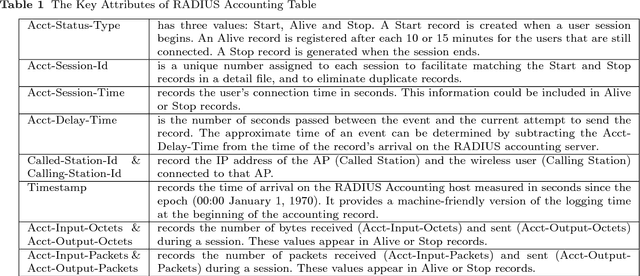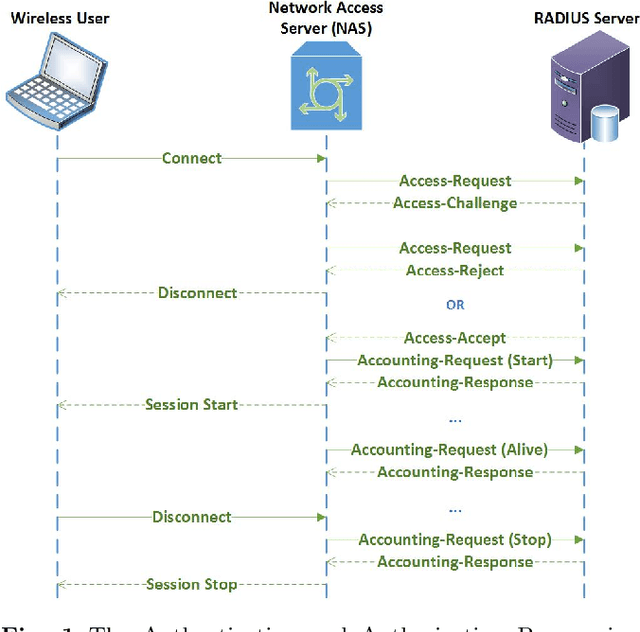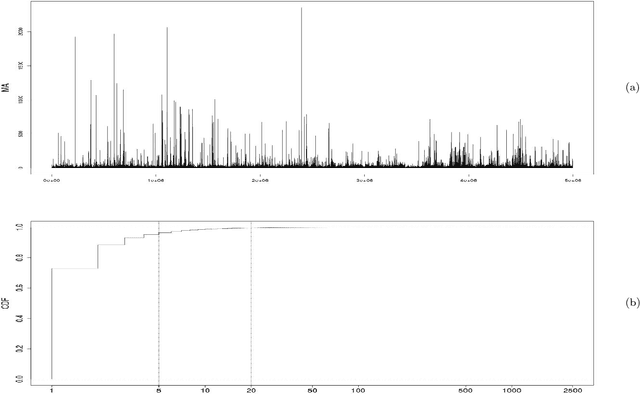Anomaly Detection and Modeling in 802.11 Wireless Networks
Paper and Code
Jul 04, 2017



IEEE 802.11 Wireless Networks are getting more and more popular at university campuses, enterprises, shopping centers, airports and in so many other public places, providing Internet access to a large crowd openly and quickly. The wireless users are also getting more dependent on WiFi technology and therefore demanding more reliability and higher performance for this vital technology. However, due to unstable radio conditions, faulty equipment, and dynamic user behavior among other reasons, there are always unpredictable performance problems in a wireless covered area. Detection and prediction of such problems is of great significance to network managers if they are to alleviate the connectivity issues of the mobile users and provide a higher quality wireless service. This paper aims to improve the management of the 802.11 wireless networks by characterizing and modeling wireless usage patterns in a set of anomalous scenarios that can occur in such networks. We apply time-invariant (Gaussian Mixture Models) and time-variant (Hidden Markov Models) modeling approaches to a dataset generated from a large production network and describe how we use these models for anomaly detection. We then generate several common anomalies on a Testbed network and evaluate the proposed anomaly detection methodologies in a controlled environment. The experimental results of the Testbed show that HMM outperforms GMM and yields a higher anomaly detection ratio and a lower false alarm rate.
 Add to Chrome
Add to Chrome Add to Firefox
Add to Firefox Add to Edge
Add to Edge